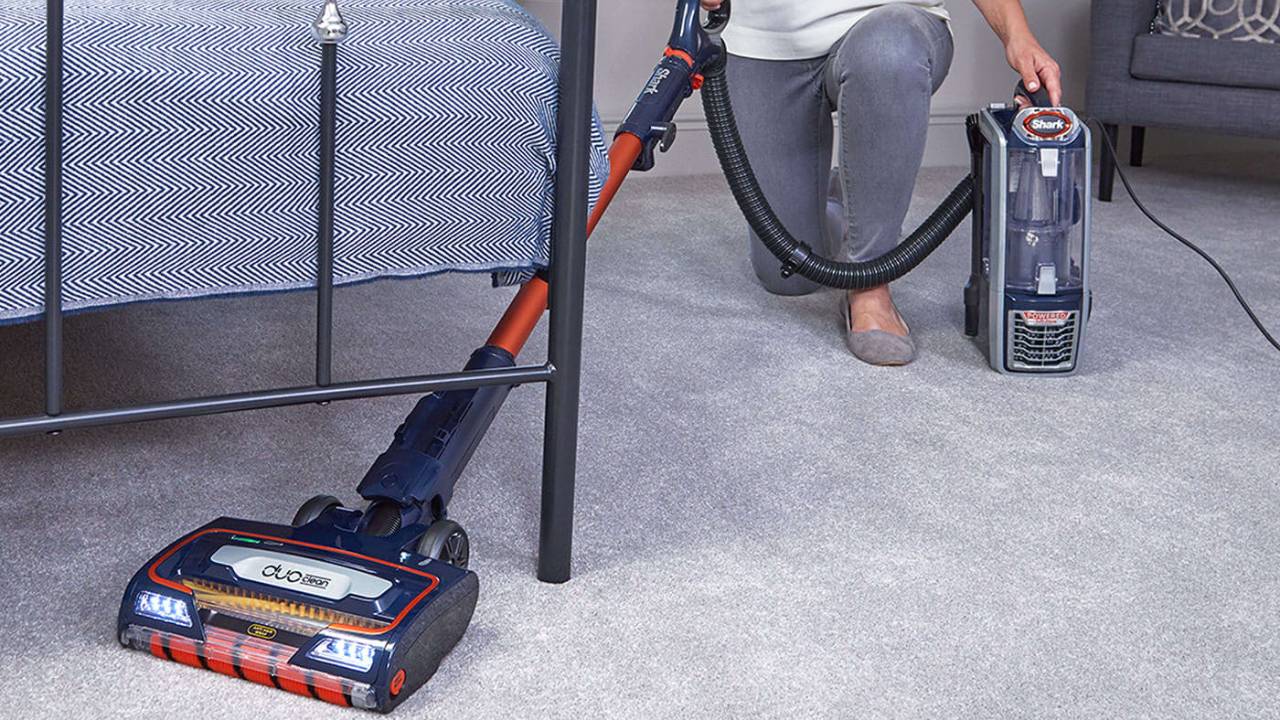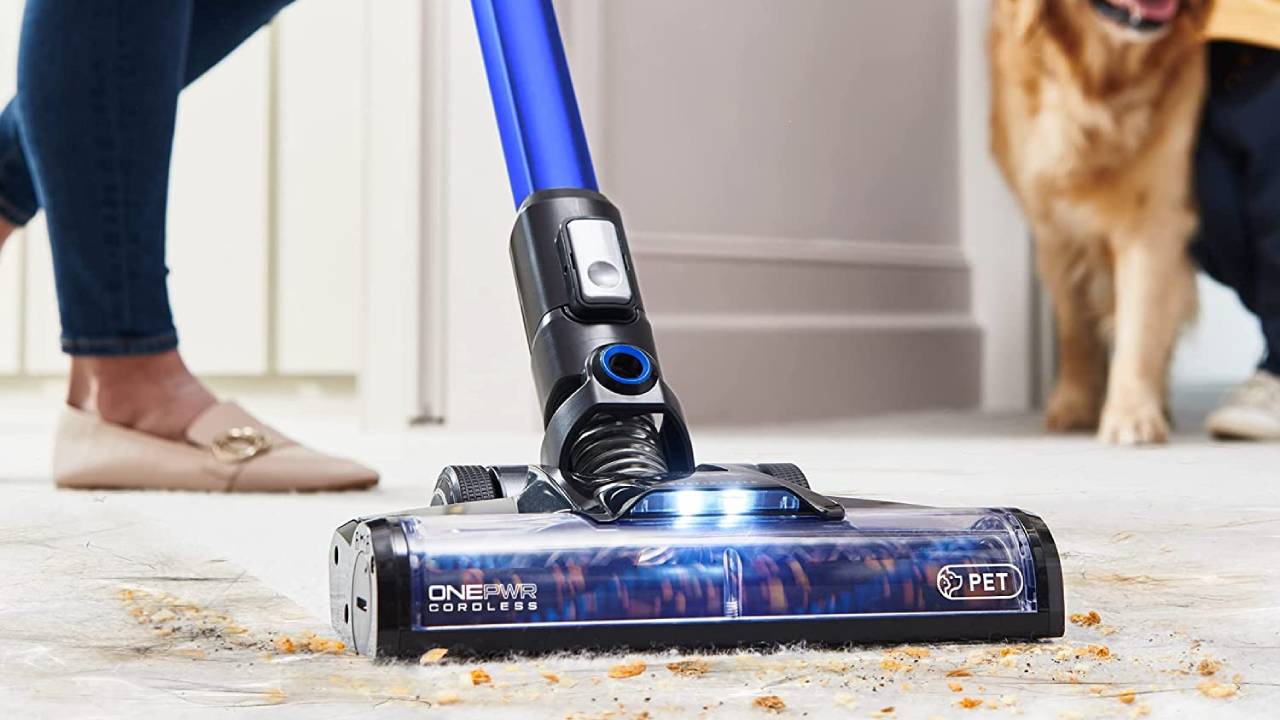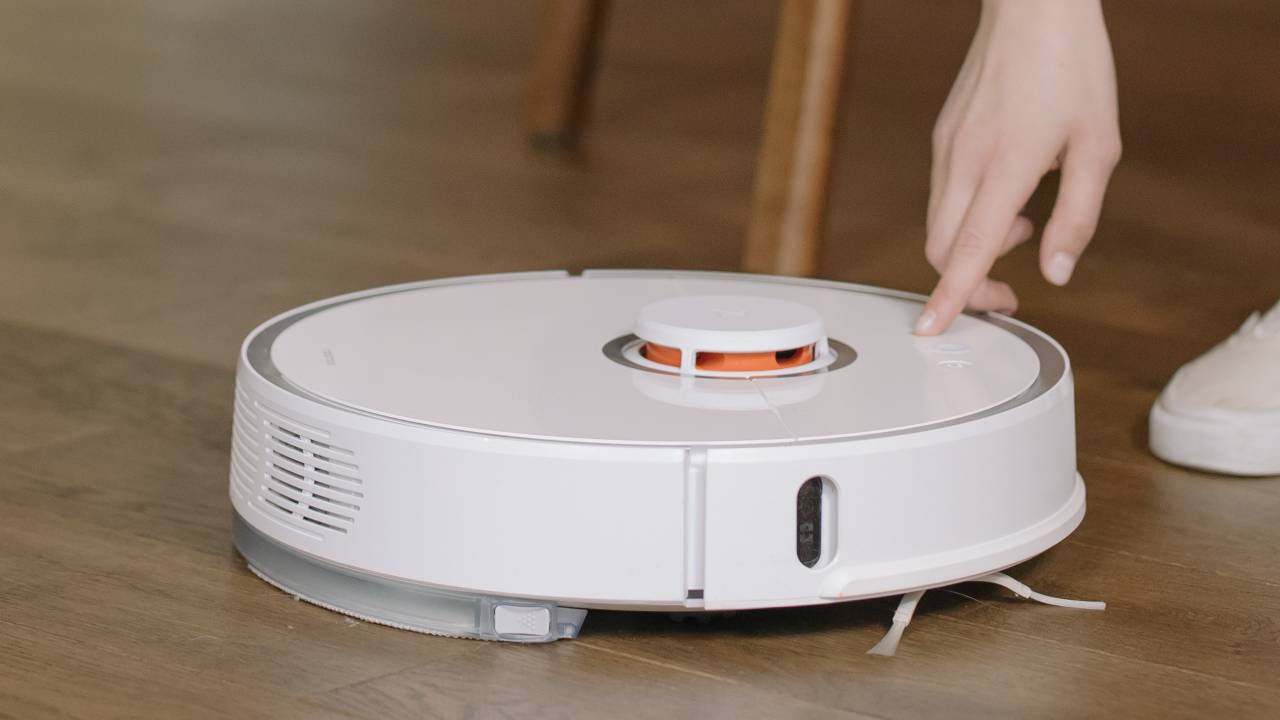How to clean a vacuum cleaner: tips for cordless, handheld and robot vacuums
Give your vacuum cleaner a deep clean with these expert cleaning tips


The best vacuum cleaners are essential for cleaning and maintaining the look, smell and feel of your home. From deep cleaning carpets to sucking up dirt from your sofa, vacuums put in the work around your house, but sometimes, they need a bit of TLC, too.
Cleaning your vacuum cleaner sounds like an oxymoron, but if you want your device to keep performing at its best, you need to look after it properly. Most of the time, vacuum cleaners break because they’re not being cleaned regularly, so if yours has started to smell, is making a strange noise or the suction isn’t working, these are key signs that your vacuum is due a spring clean.
Whatever type or brand of vacuum you own, we’ve found the best tips on how to clean your vacuum cleaner. We’ll take you through the process of cleaning the best cordless vacuum cleaners and the best handheld vacuum cleaners step-by-step, and we also have tips on how to maintain the best robot vacuum cleaners, too.
P.S. For more cleaning advice, check out our spring cleaning 2024 hub.
How to clean corded, cordless and handheld vacuum cleaners
When you bought your vacuum, it should have arrived with instructions and cleaning tutorials, so make sure to check this before you start cleaning anything. If you’ve thrown this out (who keeps the box these days?!), have a look on the manufacturer’s website.
If you own a corded, cordless or handheld vacuum cleaner, follow the steps below to give your vacuum a new lease of life and to get it running properly again.
1. Empty the vacuum bin
Get all the latest news, reviews, deals and buying guides on gorgeous tech, home and active products from the T3 experts
One of the mistakes everyone makes with vacuum cleaners is not emptying the vacuum bin. The bin is where all the dirt, dust and hair collects and when this gets full, your vacuum won’t work well and can spit debris back onto your floor. To empty the bin, press the release catch on the back of your vacuum – this is standard for most vacuums but double check this in your vacuum’s instructions. The bin or bag will come away from the vacuum and you can empty the contents into your bin. To go one step further, take a cloth or tissue and give the inside of the bin a wipe to remove leftover dirt before reattaching it.
2. Clean the filter
Next, clean your vacuum’s filter. Most filters can be washed but again, you should check the manufacturer instructions first before fiddling with anything. To clean the filter, find where it’s located and remove it. Before washing, tap the filter against a hard surface to remove clumps of dirt. If your filter is washable, clean it using lukewarm water (avoid soap as this can damage the filter) and leave it to air dry for at least 24 hours before putting it back in the vacuum.

3. Remove blockages from the floorhead & hose
Even after emptying the bin, there might still be a blockage in your vacuum, due to objects getting stuck, like stones, sticks or clumps of hair. The main blockage sites tend to be the hose and floorhead of your vacuum, so give these parts a quick inspection. If you see a blockage, remove these so your vacuum will run properly. It’s also important to check the wheels of your vacuum, in case anything is stuck around them.
4. Wash the brush & attachments
While some vacuums like the best Shark vacuum cleaners use Anti Hair Wrap technology, hair and debris can still get stuck in the brushes and attachments of your vacuum. To wash the brushroll, you’ll need to remove the hair and threads by cutting them away. Don’t cut the bristles and don’t pull, as this can cause damage. Do the same with the attachments and because these aren’t connected to electricity, you can clean them in warm water to remove dirt and refresh the bristles.
5. Wipe down the outside
You can’t put your vacuum cleaner in a washing machine but you can give it a wipe down on the outside. Use a soft cloth to remove any dust or dirt on the main unit of your vacuum, the hose, the handle and the cord if you have a corded option.
How to clean robot vacuum cleaners

1. Follow the instructions above
Robot vacuum cleaners require similar maintenance to other vacuum types, so make sure to empty its bin, remove any debris, and clean the filter and attachments. As always, check the instructions before you start cleaning.
2. Wipe down the sensors
The sensors are important components to a robot vacuum so it can navigate around your home without bumping into anything. To clean the sensors, locate them and give them a wipe with a microfiber cloth. The cloth should be lightly damped with water but you shouldn’t use too much or any cleaning solution so you don’t damage the sensors.
3. Clean the ports
To ensure your device doesn’t have problems connecting to the charging port, wipe down the base with a dry microfiber cloth. If you’ve finished cleaning your robot vacuum, put it on charge so it’s ready to go next time.
Vacuum cleaning FAQs
How often should you clean your vacuum cleaner?
How often you clean your vacuum will depend on the different parts and how much you use it. For example, you should empty the bin when it gets full, wipe down the vacuum if it’s looking dirty and clean the attachments as soon as you see any clogging. According to Ideal Home, the filter should be cleaned monthly.
How often should you empty your vacuum cleaner bin?
You should empty your vacuum cleaner bin whenever it gets full. Depending on the mess in your home, this will vary month to month and it should be the first thing you do if your vacuum’s suction isn’t performing well.
How often should you replace your vacuum cleaner?
Vacuum cleaners tend to last 8 years. This will depend on the brand and how well you look after your vacuum. You can also prolong the life of your vacuum by replacing its attachments rather than getting rid of the entire device. This can also help you save money on vacuum cleaners.

Beth is Home Editor for T3, looking after style, living and wellness. From the comfiest mattresses to strange things you can cook in an air fryer, Beth covers sleep, smart home, coffee machines, watches, grooming tools, fragrances, gardening and more.
In her spare time, Beth enjoys running, reading, baking and attempting craft projects that will probably end in disaster!